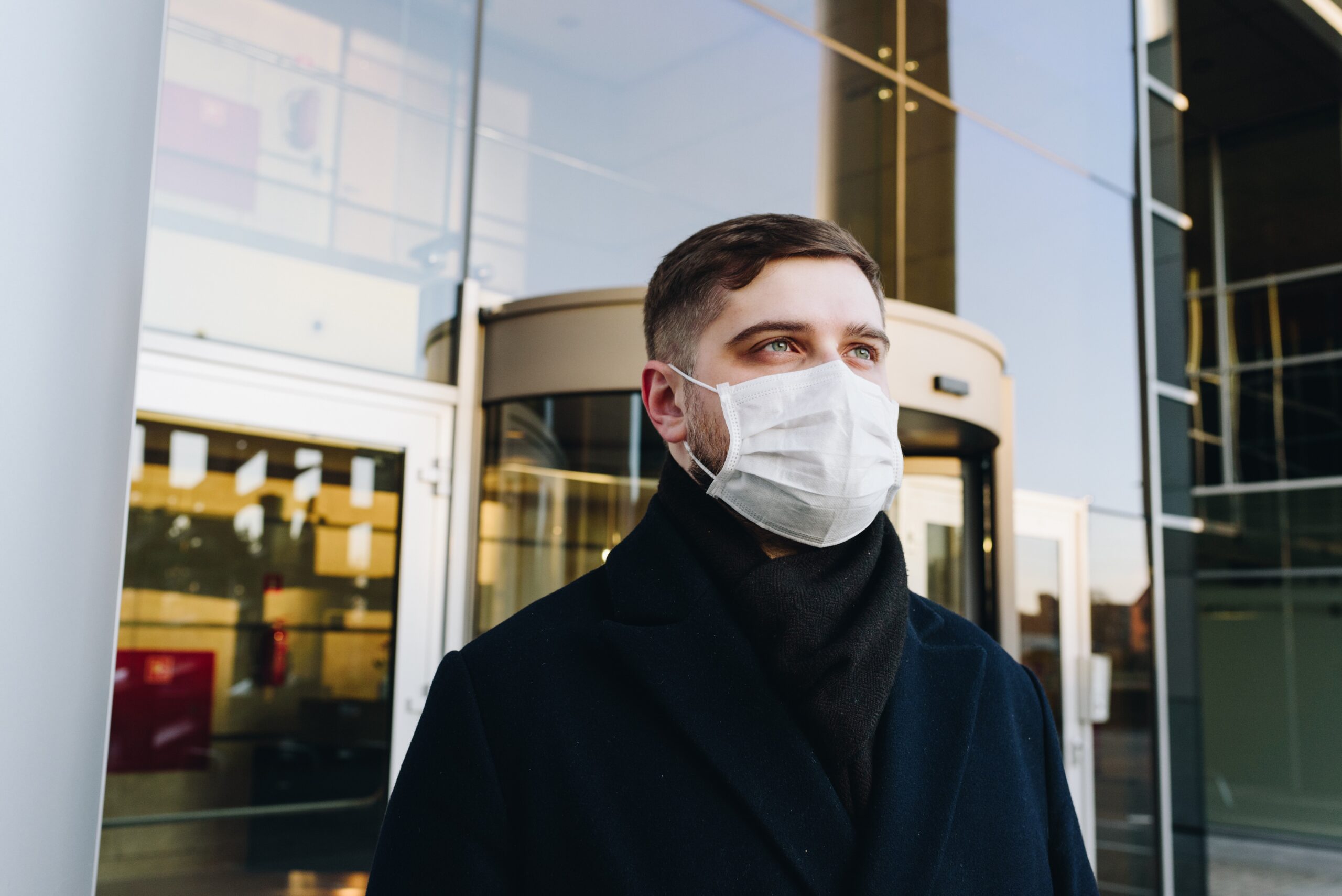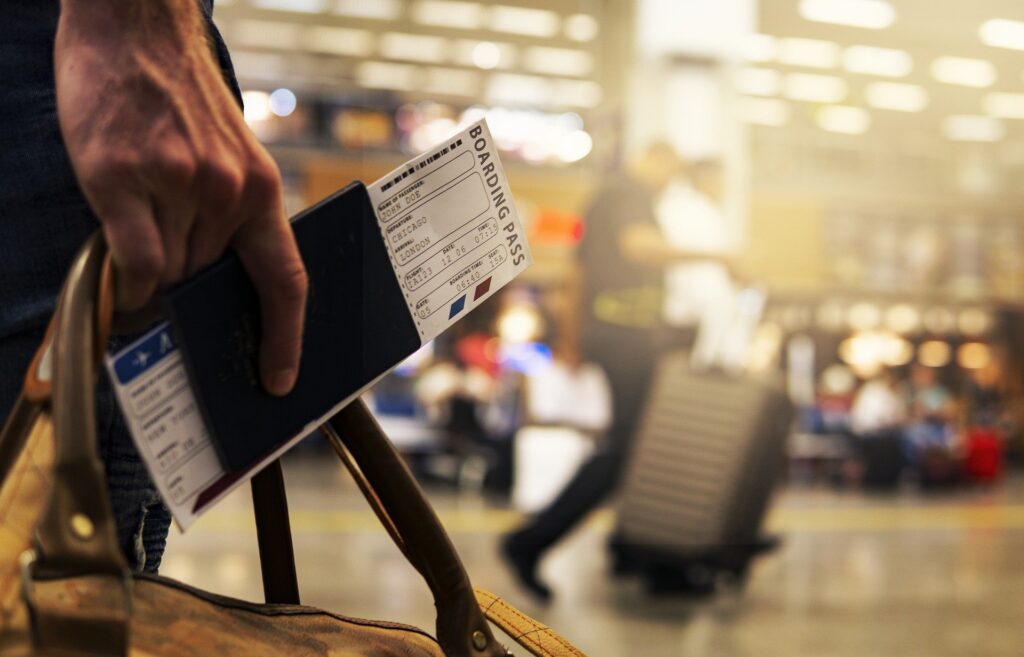FFP2 masks have been widely used in everyday life in Austria since the third Corona lockdown was relaxed, and they are mandatory in many public areas. While some question the point of wearing the “Filtering Face Pieces” of protection class 2 outside the health sector from the outset, many people now also use them outdoors, not only at ski lifts or markets and completely without regulation.
FFP2 masks outdoors: The fact check
ASSERTION: If you really want to protect yourself from corona, you have to wear FFP2 masks outdoors.
ASSESSMENT: Not proven.
FACT: Throughout Austria, particle-filtering FFP2 masks without an exhalation valve must be worn in public transport and in stores, protecting not only the person in front of them but also the wearer.
Experts have long agreed that the risk of corona infection is much higher indoors than outdoors. Nevertheless, even there, some people pull their FFP2 masks over their nose and mouth.
Aerosols quickly diluted outdoors
The reason for this is probably the concern of getting into a so-called aerosol cloud. This forms in all people when they exhale in front of their mouths and can contain coronaviruses in infected persons. When people talk to each other, these aerosols are virtually blown into the face of the person they are talking to. While the viruses can collect in unventilated rooms, the exhaled air is quickly diluted and carried away outdoors, as the Society for Aerosol Research (GAeF) in Cologne explains.
Gerhard Scheuch, former president of the International Society for Aerosols in Medicine, considers a brief encounter with people in the fresh air to be harmless. The amount of viruses one might pick up in passing is not enough to cause infection, said the advisor to the European Medicines Agency (EMA). “Jogging, running, hiking, walking, I think that’s absolutely safe.”
“‘Virtually no infections’ outdoors
The GAeF also gives the all-clear in its position paper: “Virtually no infections from aerosol particles take place outdoors.” However, caution should be exercised in groups where minimum distances are not maintained and/or masks are not worn – for example, during prolonged conversations.
Until now, the German Robert Koch Institute (RKI) has considered people who stand together with an infected person for longer than 15 minutes and at a distance of less than 1.5 meters, even outdoors without any protection, as having a “higher risk of infection.”
“A soaked mask should be removed and changed.”
On the other hand, wearing a mouth-to-nose covering for too long may well be counterproductive: because the moist exhaled air reduces the effectiveness of FFP2 masks. The GAeF warns that over time the material loses its electrical charge. The German Federal Institute for Drugs and Medical Devices (BfArM) is not the only one to warn: “A soaked mask should be removed and changed.”
Moist masks are counterproductive
According to the Fraunhofer Institute for Industrial Mathematics in Kaiserslautern, there is also a risk of a so-called infection bridge between the wearer and the environment: if the material is moist, droplets from the outer surface of the mask could be flung into the environment, for example by coughing or sneezing, even with FFP2 models.
In principle, FFP2 masks are not intended for reuse from the manufacturer’s point of view. However, according to experts at Münster University of Applied Sciences, who have been studying these models for months, masks that have been soaked by breathing air can be reprocessed up to five times – by air-drying them for at least a week.
- sources: APA and vienna.at/picture: unsplash.com
This post has already been read 1293 times!



